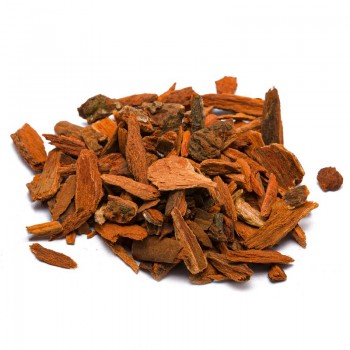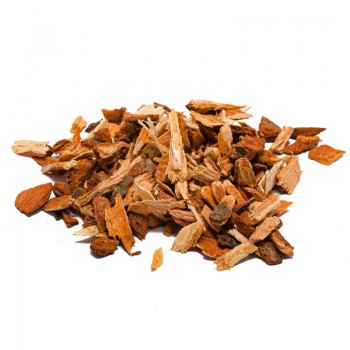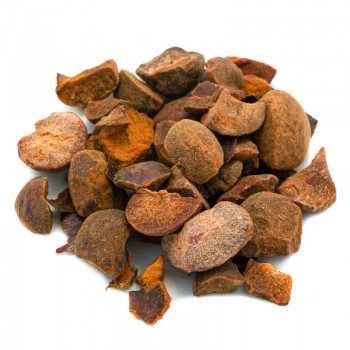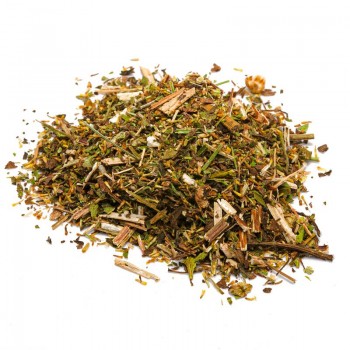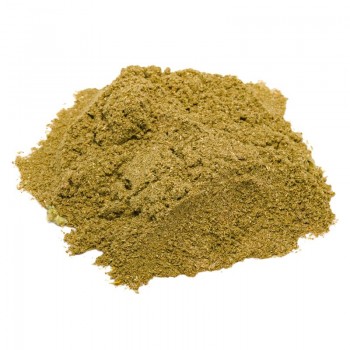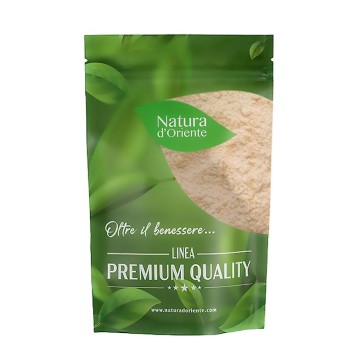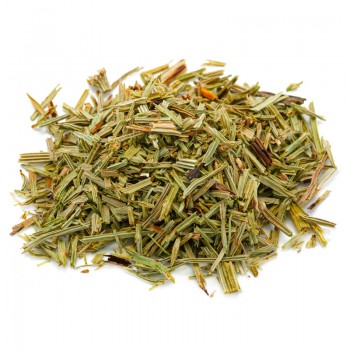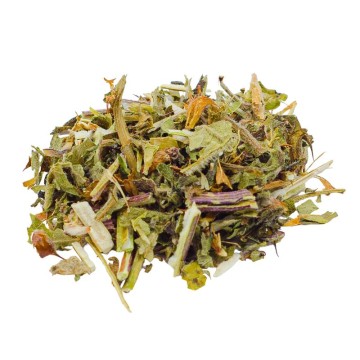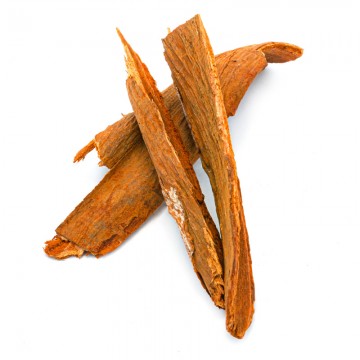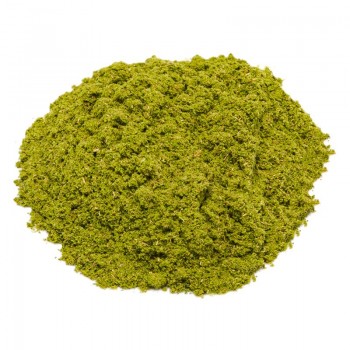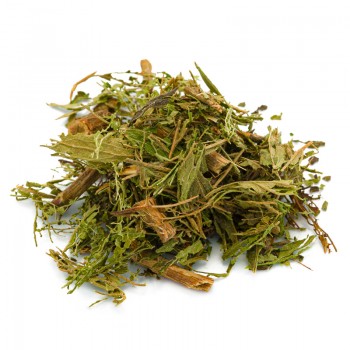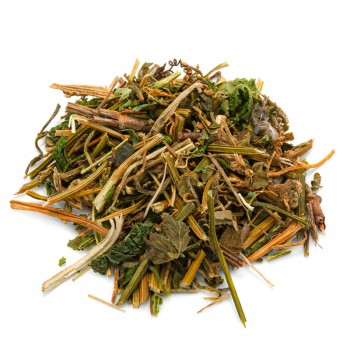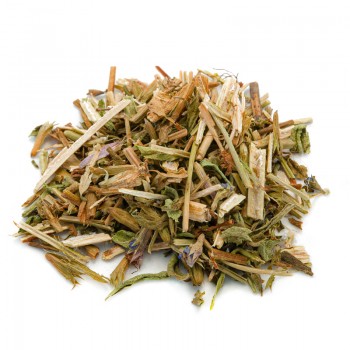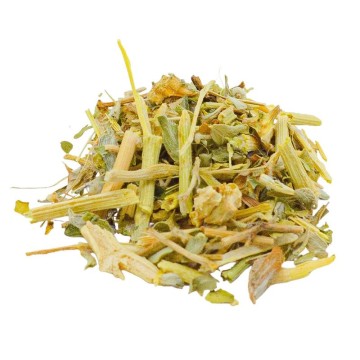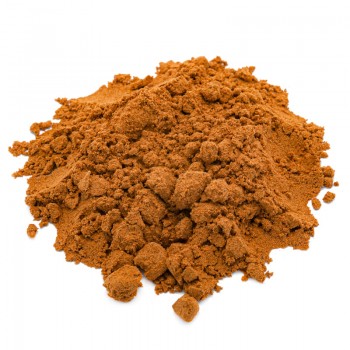Grape leaves are an excellent source of antioxidant compounds, which can give good results against water retention, thanks to their diuretic effects, and to reactivate microcirculation. The red vine, in particular, through its green parts in herbal tea, helps to improve situations related to poor blood circulation, such as varicose veins and other associated symptoms (swelling, edema, cellulite).
Red vine: properties and benefits
The leaves of Vitis vinifera in the red variety contain tannins with astringent properties, abundant antioxidant flavonoids and coloring substances, anthocyanins and stilbenes. These elements, in particular the anthocyanins, give the plant protective properties against the capillaries, and virtues traditionally known in herbal medicine as haemostatic. The infusion, prepared with the herbal tea leaves of the red vine, is especially useful in the case of venous circulatory problems, for which it can represent a support.
Often the disorders of circulation and microcirculation create effects such as varicose veins, swollen legs, chilblains, hemorrhoids and fatigue of the lower limbs. These are disorders related to the condition of the capillaries, alterations of their permeability. According to the research, red grape leaves owe their healthful effect to the antioxidant content of flavonoids, catechins, anthocyanins, viniferin, and the famous resveratrol, which is also found in grapes and wine.
These antioxidants in red grape leaves are valued for natural help in case of varicose veins, also known as consequences of chronic venous insufficiency. When the veins have difficulty pumping blood to the heart, varicose veins, chronic leg swelling and fragility of the capillaries (telangiectasias or obvious capillaries) often appear. The infused leaves are considered useful in preventing edema (swelling) and other symptoms associated with this condition with tiredness of the limbs, tingling, feeling of tension and pain.
The action of these substances is to improve blood flow in smaller blood vessels such as capillaries, and increase oxygen circulation. Proper circulation and better blood flow in various parts of the body also favor the treatment of hemorrhoids, and avoid edema that lead to the worsening of cellulite. The flavonoids contained in red vine leaves, in fact, favoring the correct cardiovascular system and counteracting water retention, can act on one of the contributing causes that trigger cellulite. This chronic blemish, in fact, may be due to the alteration of the microcirculation and water retention, in addition to lifestyle and nutrition. In addition, protocyanidins and antonacins favor the stability of collagen fibers, preventing the venous tissues from hardening and becoming not very elastic.
The substances of this plant also help the well-being of the eyes, against circulatory problems of the retina and retinal degeneration. Sometimes, to enhance the effects of the leaves of vitis vinifera, it is recommended to combine external applications (baths and foot baths) and herbal teas. The foot bath could have a beneficial effect on the venous circulation of the feet and legs, preparing a warm decoction of red vine leaves and a container with cold water. In this case, the feet alternate 3-4 times for five minutes in the hot decoction, and then for ten minutes in the cold water one. The leaves of the red vine are also useful for their astringent properties, in case of diarrhea, and to normalize some menstrual disorders, such as hypermenorrhea (too abundant menstruation) or painful and irregular menstruation.
Origins and History of cultivation
This species of Vitis, native to the Mediterranean region, is one of the approximately 3000 species of common vine cultivated all over the world. The fruit of life, known as a grape for wine, has actually been known since ancient times also for its medicinal properties. The whole plant, from leaves to fruit and sap, was appreciated by the civilizations of the Mediterranean. Each part can be a natural food or medicament, with no associated toxicities. If the wine produced by fermentation lacks many nutrients, grape juice, rich in substances with high nutritional value (vitamins, minerals, sugars).
In any case, historically wine was used as an antiseptic, and Dioscorides recommended it, whilethree today the medicinal properties of grape leaves are widely used. They have been used in medicine thanks to various biological activities, which change according to the variety. The red vine today is known to be an excellent ingredient in antioxidant dietary supplements, but already in ancient times. The Sumerians considered it a precious plant to give youth and beauty, as did the Indians, while the Greeks recommended it to treat dysentery, heavy menstruation or with external decoctions to be applied on varicose veins. The cultivation of the plant is now widespread all over the world, for the fresh consumption of grapes and the industrial transformation of wine. Furthermore, in Greek cuisine, grape leaves are used as food.
Plant and flowers
The Vitis vinifera plant, or red vine, is very common in the Mediterranean, and is part of the Vitaceae family. It is one of the varieties of the vine that gives the grapes, for the production of wine. It is an irregular climbing shrub, developed in height, showing toothed and iridescent leaves. In autumn, at the end of the life cycle, the vine leaves lose their green color and turn red, and then fall from the tree.
They are heart-shaped leaves, large, and their appearance is similar to the leaves of 'Maple. It can vary according to the age of the plant or variety. The fruits are berries with a variable appearance depending on the grape variety, as we know from the red-purple, yellow or black-bluish grapes in others. The berries form the classic bunches of grapes, which are picked for consumption at the table or for wine processing. The plant can last about 20 years, even reaching 30, with annual cycles from March to late October. When in autumn the leaves take on the red color, thanks to the antioxidant compounds, they define what is called red vine.
Nutritional values of the red vine
The leaves owe their healthy effect to the content of antioxidants such as flavonoids (quercetin-3-O-beta-D-glucuronide, isoquercetin, myricetin , kaempferol). In addition, they make healthy elements available including catechins, epicatechins, anthocyanins, procyanidins, anthocyanins and proanthocyanidins . They include resveratrol and viniferin, the main constituent in the sap of the vine. The leaves contain organic acids, phenolic acids, tannins, lipids, enzymes, vitamins, carotenoids, terpenes and sugars. In addition, the leaves also contain some minerals such as calcium and magnesium.
How to use the red vine in infusion
The infusion is obtained by putting in a cup (250 ml), about 3-5 grams of red vine leaves in herbal tea cut with water at 100 ° C. Leave to infuse for 5 to 8 minutes, before drinking the herbal tea. Add honey or sugar, if desired, given the slightly bitter aftertaste of the brew.
Red vine: side effects and contraindications
The intake of red vine leaves can generate moderate side effects, in particular with phenomena of gastrointestinal discomfort, nausea and headache. Such stomach problems mostly occur when the recommended doses are exceeded. Furthermore, in subjects predisposed to skin allergies and sensitive to vitis vinifera, the red vine herbal tea can cause sensitization phenomena. The use of red vine tea is not recommended during pregnancy and breastfeeding.


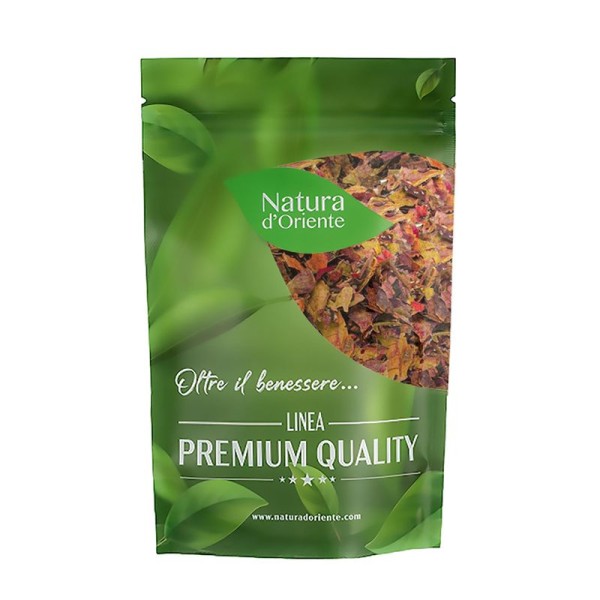








 No reward points for this product.
No reward points for this product.
